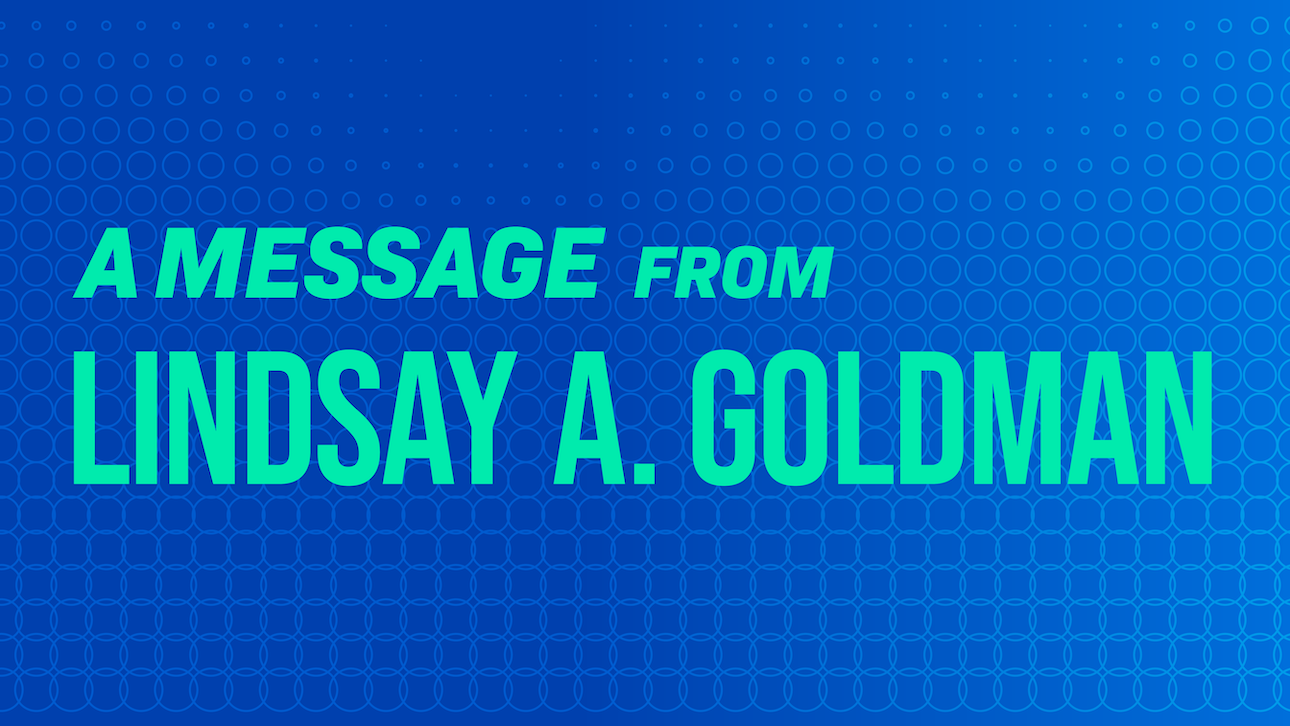
What makes the biggest difference in a disaster
Like many of you, I’ve spent the past few weeks compulsively refreshing my browser for updates on the California fires. I was so worried about my biological family, my chosen family, our many incredible GIA members, and our newest team member, Brooke Schwartz (more on Brooke below), all on the West Coast.
I’ve also been deeply concerned about older people and people with disabilities there. Whether it’s a hurricane, flood, heatwave, tornado, pandemic, or terrorist attack, they are always more likely to get hurt or die during or shortly after natural and unnatural disasters, and the fires are no exception. Thus far, most reported deaths have been people older than 65 or people younger than 65 with a disability.
Fire and rain
I’ve thought this about a lot, particularly since 2012, when I spent two years focused on Hurricane Sandy, first allocating emergency recovery funds and coordinating logistics at UJA-Federation of New York, then at the New York Academy of Medicine researching the impact on older people in the most affected communities. Our study, funded by The New York Community Trust and the Altman Foundation, yielded two critical findings.
First, people with strong social networks are more likely to survive catastrophic events. Why? Because people who know each other are more likely to help each other. Social connection is arguably even more important than equipping ourselves with a three-day supply of water and batteries.
Second, the aging network is indispensable, in part because it springs into action to help people meet their needs during and immediately after a catastrophe. Long after funding and media attention have moved on, displacement and trauma persist and the aging network remains.
In fact, local organizations like Area Agencies on Aging and their partners have been shown to be more effective than national organizations in identifying and addressing the needs of older people in emergencies – providing emotional support, access to nutritionally and culturally appropriate food, medications and durable medical equipment, translation services, and assistance navigating the morass of regulations and paperwork.
The aging network: more important than ever
The inescapable conclusion: funding interventions to reduce isolation and increase social connection is essential to disaster preparedness and response. So is adequately funding the aging network.
Here’s the painful twist. For more than a year, GIA, Grantmakers In Health, and many others have been advocating for reauthorization of the Older Americans Act (OAA) with funding commensurate to the growth of the population. We made the case, with our partners from Meals on Wheels America, National Council on Aging, National Alliance for Caregiving, USAging, and many others, that federal funding leverages significant private contributions (three to four private dollars for every federal dollar) and that the OAA addresses the social drivers of health, reducing healthcare expenditures and enabling people to age with dignity.
But much to our dismay, OAA reauthorization – which supports the aging network and would have also reauthorized the RAISE Family Caregivers Act – was removed from the 2024 year-end funding package at the very last minute and remains in Congressional limbo.
We know that disasters are increasing in both frequency and severity, and we see the essential role that social connection and the aging network play in responding to them. But without OAA funding, the aging network may not be able to rise to the occasion next time. The stakes have never been higher. Please join our continued campaign to reauthorize the Older Americans Act.